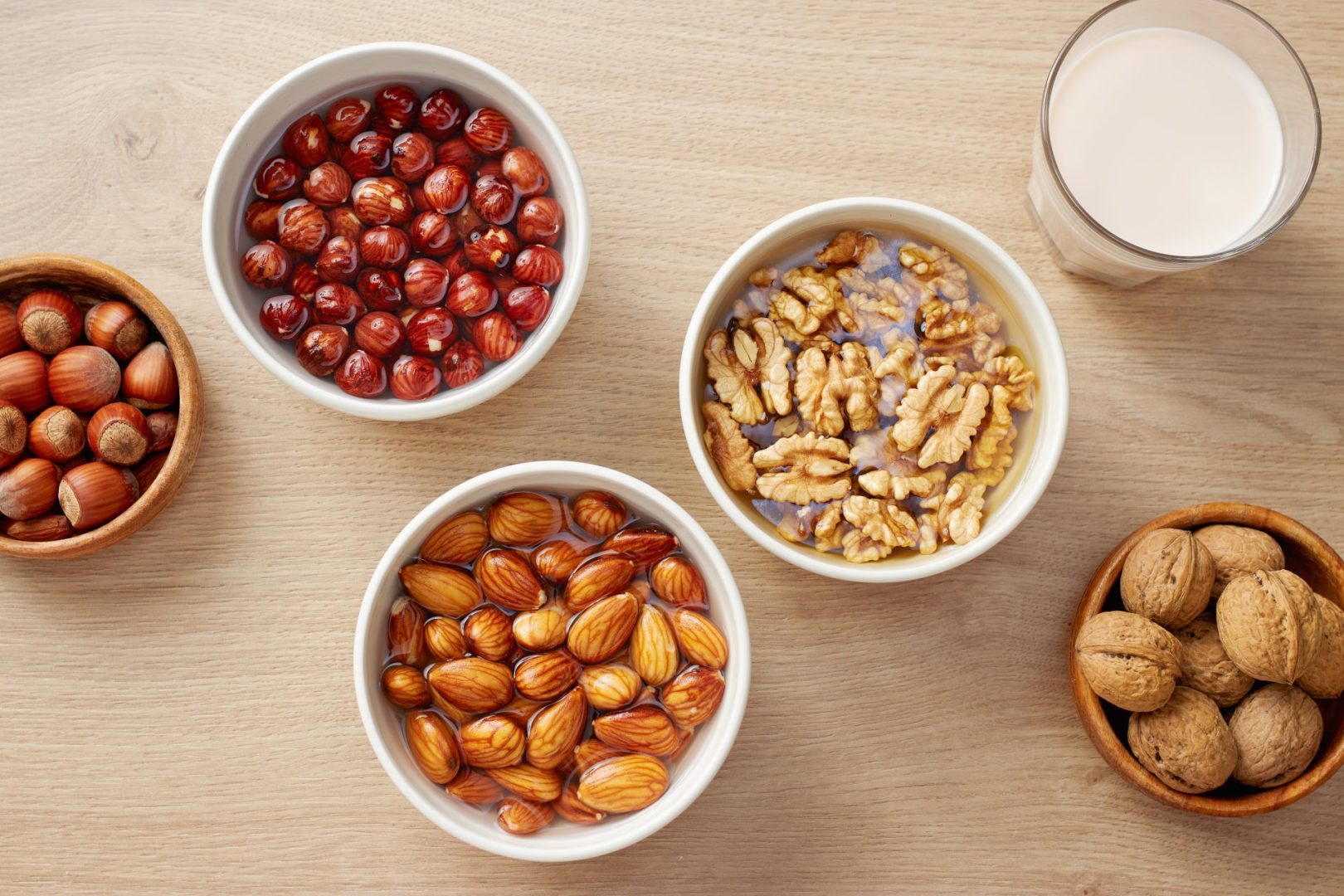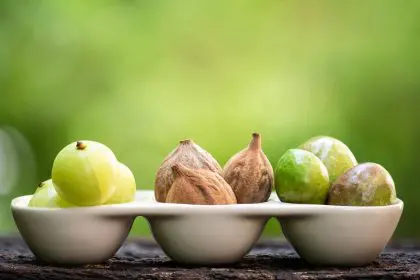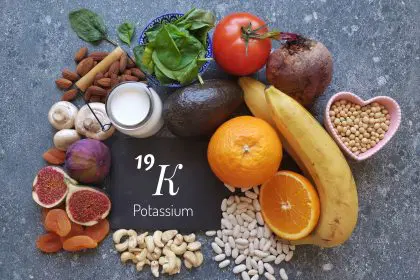Stroke remains one of the leading causes of death and disability worldwide, striking someone every 40 seconds and forever changing lives in an instant. This devastating condition occurs when blood flow to the brain becomes interrupted, either through blockage or bleeding, depriving brain tissue of the oxygen and nutrients it desperately needs to survive.
However, emerging nutritional research reveals that simple dietary choices can significantly reduce stroke risk, with certain nuts standing out as particularly powerful protective foods. These small but mighty nutritional powerhouses contain specific compounds that address multiple stroke risk factors simultaneously, offering a delicious and convenient way to safeguard brain health.
The relationship between nuts and stroke prevention extends far beyond basic nutrition, involving complex interactions between various bioactive compounds that work together to maintain healthy blood vessels, reduce inflammation, and optimize cardiovascular function. Understanding these mechanisms helps explain why incorporating specific nuts into daily eating patterns can provide such profound protective benefits.
Understanding stroke risk factors
Stroke risk develops through multiple interconnected pathways that often remain hidden until the moment disaster strikes. High blood pressure stands as the most significant controllable risk factor, silently damaging blood vessels throughout the body while increasing the likelihood of both clot formation and vessel rupture.
Atherosclerosis, the buildup of fatty deposits within artery walls, creates narrow passages that can easily become blocked or rupture, cutting off blood supply to critical brain regions. This process develops gradually over years, influenced by factors including cholesterol levels, inflammation, and oxidative stress that damage vessel walls.
Blood clotting abnormalities contribute significantly to stroke risk by creating conditions where clots form too easily or fail to dissolve appropriately. These clotting problems can result from various factors including genetics, medications, medical conditions, or lifestyle choices that affect blood chemistry and vessel health.
The science behind nuts and cardiovascular protection
Nuts contain unique combinations of nutrients and bioactive compounds that directly address the underlying mechanisms responsible for stroke development. Their rich content of healthy fats, particularly monounsaturated and polyunsaturated varieties, helps maintain flexible, healthy blood vessels while reducing inflammation throughout the cardiovascular system.
The antioxidant compounds found in nuts combat oxidative stress that can damage blood vessel walls and contribute to atherosclerosis development. These protective substances work at the cellular level to neutralize harmful free radicals while supporting the body’s natural repair mechanisms.
Nuts also provide significant amounts of magnesium, potassium, and other minerals that help regulate blood pressure and maintain normal heart rhythm. These electrolytes play crucial roles in cardiovascular function, and their adequate intake through nut consumption supports optimal circulation and reduces stroke risk.
Six specific nuts with proven stroke protection
1. Walnuts – the brain’s best friend
Walnuts contain the highest levels of alpha-linolenic acid among all nuts, providing a plant-based form of omega-3 fatty acid that directly benefits brain and cardiovascular health. This essential fat helps reduce inflammation throughout the body while supporting healthy blood flow to the brain.
The unique combination of omega-3 fats, vitamin E, and polyphenolic compounds in walnuts creates synergistic effects that protect blood vessels from damage. Regular walnut consumption has been linked to improved endothelial function, which helps blood vessels dilate properly and maintain healthy circulation.
Walnuts also contain compounds that help reduce blood clotting tendency while maintaining appropriate clotting function when needed. This balanced effect helps prevent inappropriate clot formation that can lead to stroke while preserving the body’s ability to stop bleeding when necessary.
2. Almonds – circulation champions
Almonds provide exceptional amounts of vitamin E, a powerful antioxidant that protects blood vessels from oxidative damage. This protection helps maintain vessel flexibility and prevents the hardening that can contribute to high blood pressure and stroke risk.
The monounsaturated fats in almonds help improve cholesterol profiles by reducing harmful LDL cholesterol while maintaining or increasing beneficial HDL cholesterol. This improved cholesterol balance reduces atherosclerosis risk and helps keep arteries clear for optimal blood flow.
Almonds also contain significant amounts of magnesium, which helps regulate blood pressure and supports healthy heart rhythm. Adequate magnesium intake through almond consumption can help prevent the blood pressure spikes that increase stroke risk, particularly in individuals prone to hypertension.
3. Pistachios – pressure regulators
Pistachios contain unique compounds that specifically help regulate blood pressure through multiple mechanisms. Their rich potassium content helps counteract sodium’s blood pressure-raising effects while supporting healthy fluid balance throughout the body.
The protein and fiber in pistachios help stabilize blood sugar levels, preventing the glucose spikes that can damage blood vessels over time. This metabolic stability reduces inflammation and oxidative stress that contribute to stroke risk development.
Pistachios also provide significant amounts of lutein and zeaxanthin, antioxidants that protect blood vessels from inflammatory damage. These compounds help maintain healthy endothelial function, ensuring blood vessels can respond appropriately to circulation demands.
4. Brazil nuts – selenium superstars
Brazil nuts contain extraordinary amounts of selenium, a trace mineral that plays crucial roles in antioxidant enzyme function. This selenium content helps protect blood vessels from oxidative damage while supporting the body’s natural detoxification processes.
The selenium in Brazil nuts activates glutathione peroxidase, one of the body’s most important antioxidant enzymes. This activation helps neutralize harmful compounds that can damage blood vessel walls and contribute to atherosclerosis development.
Brazil nuts also provide healthy fats and protein that help stabilize blood sugar and reduce inflammation. Their unique nutrient profile supports overall cardiovascular health while providing specific protection against the oxidative stress that contributes to stroke risk.
5. Pecans – antioxidant powerhouses
Pecans contain some of the highest antioxidant levels among all nuts, providing powerful protection against the free radical damage that contributes to stroke risk. These antioxidants help maintain healthy blood vessel function while reducing inflammation throughout the cardiovascular system.
The monounsaturated fats in pecans help improve cholesterol profiles and reduce inflammation markers associated with cardiovascular disease. This anti-inflammatory effect helps protect blood vessels from damage while supporting healthy circulation patterns.
Pecans also contain compounds that help improve insulin sensitivity and glucose metabolism. Better blood sugar control reduces the risk of diabetes-related blood vessel damage that can significantly increase stroke risk over time.
6. Hazelnuts – vessel protectors
Hazelnuts provide exceptional amounts of vitamin E and healthy monounsaturated fats that work together to protect blood vessel walls from damage. This protection helps maintain vessel flexibility and prevents the stiffening that can contribute to high blood pressure.
The folate content in hazelnuts helps reduce homocysteine levels, an amino acid that can damage blood vessels when elevated. Lower homocysteine levels are associated with reduced stroke risk and better overall cardiovascular health.
Hazelnuts also contain compounds that help improve endothelial function, ensuring blood vessels can dilate and constrict appropriately in response to circulation needs. This healthy vessel responsiveness helps maintain optimal blood flow to the brain and reduces stroke risk.
Optimal consumption patterns for protection
The timing and quantity of nut consumption can significantly impact their protective effects against stroke. Small, regular portions throughout the week provide more consistent benefits than occasional large servings, as the protective compounds work best when maintained at steady levels in the body.
Combining different types of nuts maximizes the range of protective compounds consumed while preventing boredom with single varieties. This variety ensures exposure to the full spectrum of nutrients and bioactive compounds that contribute to stroke prevention.
Raw or lightly roasted nuts typically provide the highest levels of protective compounds, as excessive heat processing can damage some of the delicate nutrients responsible for cardiovascular benefits. Avoiding heavily salted or sweetened varieties helps maximize health benefits while preventing counterproductive additives.
Integration with overall dietary patterns
Nuts work most effectively for stroke prevention when incorporated into overall healthy dietary patterns that emphasize whole foods and minimize processed options. The Mediterranean diet pattern, which includes regular nut consumption alongside fruits, vegetables, and healthy fats, provides particularly strong stroke protection.
Replacing less healthy snack options with nuts provides dual benefits by eliminating harmful foods while adding protective nutrients. This substitution approach makes dietary changes more sustainable while maximizing health improvements.
The fiber and protein in nuts help create satisfaction that can reduce overall calorie intake and support healthy weight management. Maintaining appropriate body weight reduces multiple stroke risk factors while supporting overall cardiovascular health.
Long-term benefits and considerations
Regular nut consumption provides cumulative benefits that build over time, with longer-term consumption patterns showing greater protective effects against stroke and other cardiovascular diseases. This cumulative benefit makes consistent inclusion more important than sporadic high intake.
The protective effects of nuts extend beyond stroke prevention to include reduced risk of heart disease, diabetes, and cognitive decline. These interconnected benefits reflect the comprehensive impact of nut nutrients on multiple body systems involved in health maintenance.
Individual responses to nut consumption can vary based on genetics, existing health conditions, and overall dietary patterns. However, the broad range of protective mechanisms provided by nuts makes them beneficial for most individuals seeking to reduce stroke risk through dietary approaches.
Nuts represent one of nature’s most concentrated sources of stroke-protective nutrients, offering a simple yet powerful tool for reducing one of the most devastating health conditions. Their combination of healthy fats, antioxidants, minerals, and other bioactive compounds addresses multiple stroke risk factors simultaneously, providing comprehensive protection through delicious and convenient dietary additions.
















